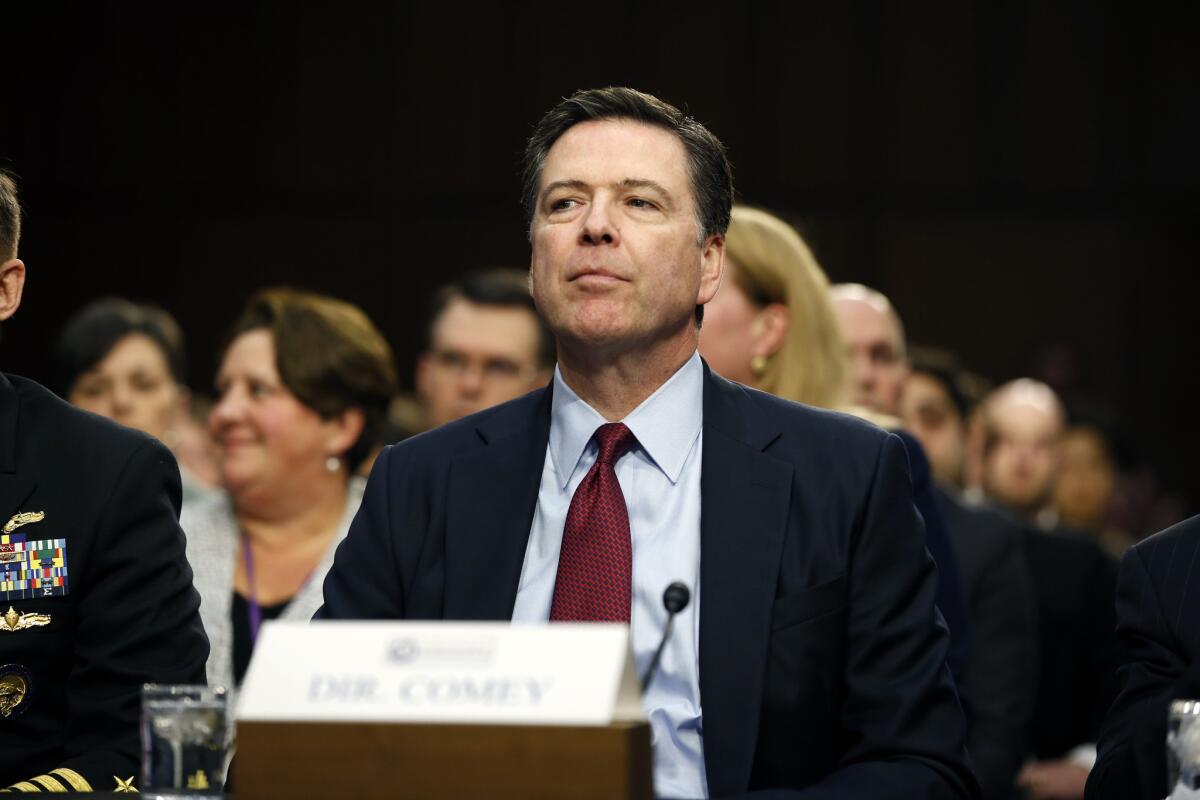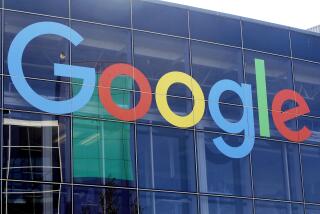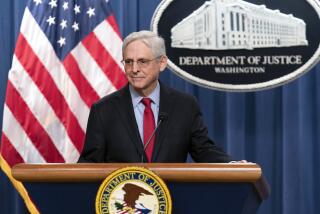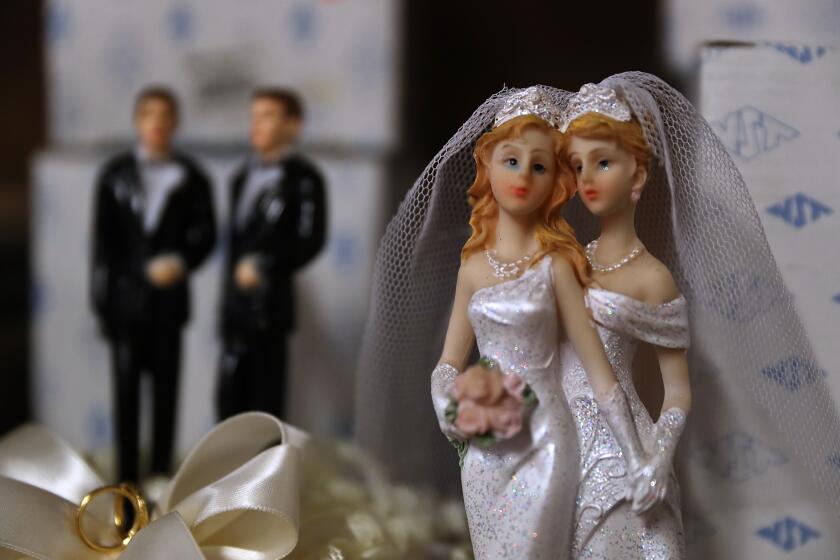Apple vs. FBI: Battle over unlocking phone gets nastier

FBI Director James Comey speaks Feb. 9 to the Senate Intelligence Committee.
The battle between the FBI and Apple Inc. over whether the tech giant should help open the locked cellphone of one of the San Bernardino shooters took a decidedly more heated tone Friday.
Federal prosecutors issued a strongly worded court filing attacking Apple -- and questioning its motives. Apple executives, meanwhile, vowed not to back down and accused the government of trying to use public pressure against it.
The FBI wants to hack into that Apple iPhone 5C, which was issued to Syed Rizwan Farook by his employer, the San Bernardino County Department of Health. Farook and his wife, Tashfeen Malik, killed 14 people and wounded 22 in the attack at the Inland Regional Center in Riverside on Dec. 2. Both died in a firefight with police hours later.
See the most-read stories this hour >>
Here’s Maura Dolan’s breakdown of the government filing. And here’s Paresh Dave’s reporting on Apple’s new information.
Here are some main points from The Times’ reporting.
What did the government say it its filing?
Using strong language, federal prosecutors claimed:
--That Apple can easily help the government unlock a terrorist’s iPhone without undermining anyone else’s privacy.
--That Apple is exaggerating what the court order demands. “The order does not, as Apple’s public statement alleges, require Apple to create or provide a ‘back door’ to every iPhone,” the filing said. “It does not provide ‘hackers and criminals’ access to iPhones.”
See more of our top stories on Facebook >>
--That Apple has less-than-pure motives in fighting the order. “Apple’s current refusal to comply with the court order’s order, despite the technical feasibility of doing so, instead appears to be based on its concern for its business model and public brand marketing strategy,” prosecutors wrote.
What was Apple’s response?
Senior Apple executives, speaking on condition of anonymity, said that Friday’s government motion was redundant and aimed at applying more public pressure on the company so that it would give in.
Graphic: How Apple security works
The executives said they had no intention of backing down, reiterating that their position was in the best interest of Apple customers and the country.
One of the executives said Friday that the government’s request for software to change the iPhone’s operating system would take the company several weeks or months to develop and validate. It would not involve a mere matter of hours or days, he said.
The executive also disputed the government’s argument that only the terrorist’s iPhone would be affected by the court order.
If Apple complied with the order, prosecutors around the country would ask for the same technology, the executive said.
What are the next step in the case?
That was laid out in a court filing, which offers a timeline on the case:
1. Apple Inc. (“Apple”) has informed the government and the Court that it will seek relief from the Court’s February 16, 2016 Order Compelling Apple to Assist Agents in Search (the “Order”).
2. On February 18, 2016, the Court held a telephonic status conference in this matter and heard the positions of the government and Apple with respect to an appropriate briefing schedule for Apple’s application for relief.
3. On February 19, 2016, the government filed a Motion to Compel Apple Inc. to Comply with this Court’s February 16, 2016 Order Compelling Assistance in Search.
4. The Court will hear Apple’s application for relief and the government’s motion to compel on March 22, 2016, at 1:00 p.m., and sets the following briefing schedule: Apple shall file its application for relief/opposition to the government’s motion by not later than February 26, 2016; Any amicus brief shall be filed by not later than March 3, 2016, along with an appropriate request seeking leave of the Court to file such brief; The government’s opposition to Apple’s application for relief/reply to the government’s motion shall be filed by not later than March 10, 2016; Apple shall file any reply with respect to its application for relief by not later than March 15, 2016.
5. Apple shall have 35 pages for its application for relief/opposition to the government’s motion, and the government shall have 35 pages for its opposition to Apple’s application for relief/reply to the government’s motion. All other filings shall conform to the page limits set forth in the Local Rules.
6. The Order currently imposes a five-day deadline by which Apple must seek relief from the Court. In light of the schedule set forth herein, that deadline is vacated; Apple shall seek relief from the Court by February 26, 2016.
How long has this dispute been doing on?
Soon after the Dec. 2 terror attack, the FBI said it was trying to access the couple’s personal electronics.
Prosecutors and senior Apple executives disclosed Friday that the company in early January provided four alternatives to access data from the iPhone.
But one of the most encouraging options was ruled out because the phone’s owner, presumably the San Bernardino County Department of Health, reset the password to Farook’s iCloud account within 24 hours of the attack to access data from the backup. The iCloud password on the iPhone itself is therefore now out of date, and it won’t perform an automatic backup unless the phone’s passcode can be ascertained and changed.
The issue was discovered after Apple engineers sent to Southern California to work with the FBI were unable to trigger an automatic backup. When iCloud is enabled, iPhones automatically sync with the cloud if charging and connected to a familiar Wi-Fi network.
ALSO
Apple-FBI encryption fight shifts to the court of public opinion
Feds slam Apple, saying it could easily help unlock iPhone and is ‘not above the law’
The conflict between Apple and the FBI has a long history--and your privacy is at stake
More to Read
Sign up for Essential California
The most important California stories and recommendations in your inbox every morning.
You may occasionally receive promotional content from the Los Angeles Times.











